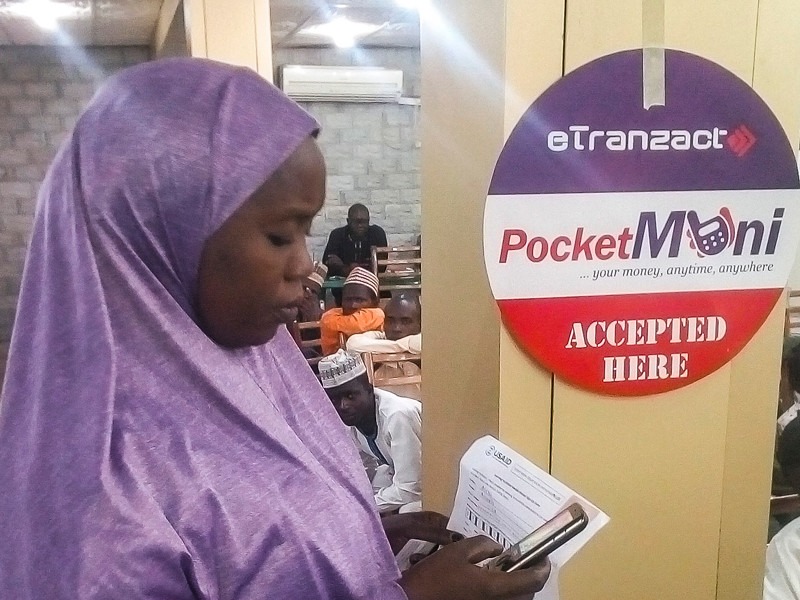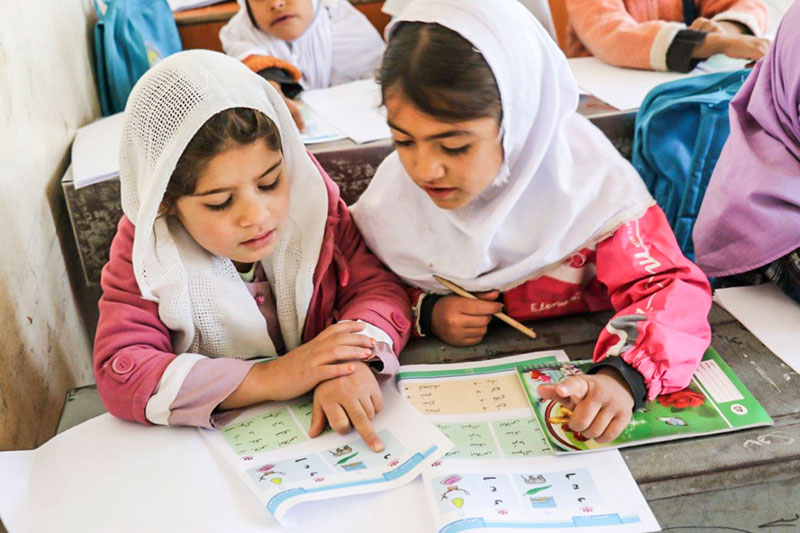With the simple technology in her pocket, a teacher in a remote area of a conflict-affected country can account for her salary wired from a bank miles away. Her phone can also instantly locate the shipment of books that are due to arrive the next day.
What makes this possible are innovations spearheaded by the Creative Development Lab, presented by the Lab’s Director Ayan Kishore and Paul Newall, Manager of Fintech and Blockchain Solutions, at the eighth annual Mobiles for Education Alliance Symposium.
Their presentations included “Mobile Money for Learning Facilitators” and “Blockchain Technology for Book Track & Trace”.
The Creative Development Lab promotes and channels new strategies to address development challenges through science, technology and media. Its approach embodies the Principles for Digital Development, including human-centered design, designing for scale and sustainability and addressing privacy and security.
Utilizing the latest in technology and applied research, the Creative Development Lab works on big data, geographic information systems, media, education and financial technology to design innovative solutions to today’s pressing development challenges.
Bringing banking to rural teachers

Newall’s talk on mobile money explored how the U.S. Agency for International Development-funded Northern Education Initiative Plus project is paying rural learning facilitators who don’t have access to traditional banking. To ensure payments make it to these financially underserved educators, Creative sought to find a local financial technology solution that leveraged the mobile phone.
Mobile phone ownership in Nigeria is relatively high (83 percent, according to the World Bank), giving Northern Education Initiative Plus the option to build upon already established mobile money channels. The project collaborated with the company eTranzact to provide a customized, tailored payment solution.
It was important that we partnered with a company who had a mobile money product already proven in the commercial space. This allowed us to deploy the product to traditionally underserved areas with confidence,” said Newall.
Using blockchain to ensure books arrive to schools

Moving the presentation from Nigeria to Afghanistan, Kishore and Newall spoke about how the USAID-funded Afghan Children Read project has implemented blockchain technology to track and trace learning materials through their delivery journey.
Blockchain is a decentralized digital ledger that records every transaction, which in this case is every step of the book delivery supply chain. Each transaction is a “block” that is connected to blocks around it, and records of its information is stored in the blocks that come after it. This creates a “chain” of information that can’t be altered or manipulated.
In a fragile state like Afghanistan, security risks complicate the delivery of books and teaching materials to hard-to-reach schools. The most efficient routes may also be the most dangerous for drivers.
In addition to security risks, textbooks may not reach students because of insufficient storage facilities, a lack of organization and supply chains where corrupt individuals steal supplies to be sold on the black market.
Implemented by the Creative Development Lab, the innovative “Track and Trace” technology system is identifying and resolving distribution system gaps. The rollout applied a blend of mobile application-based and Short Message Service (SMS or text message) data collection systems.
Drivers, delivery teams and educators use the application and SMS tools to confirm the location and delivery of materials at each step of the way.
“You actually get insight into where the books are going. Where is leakage? … You can get all this information in real time,” said Kishore.
The Creative Development Lab envisions the blockchain system will become the standard for implementing partners. Creative plans to make the system ‘open source’ so that other implementing partners and projects can connect to the system, providing the donor a single information platform housing data from its various projects.